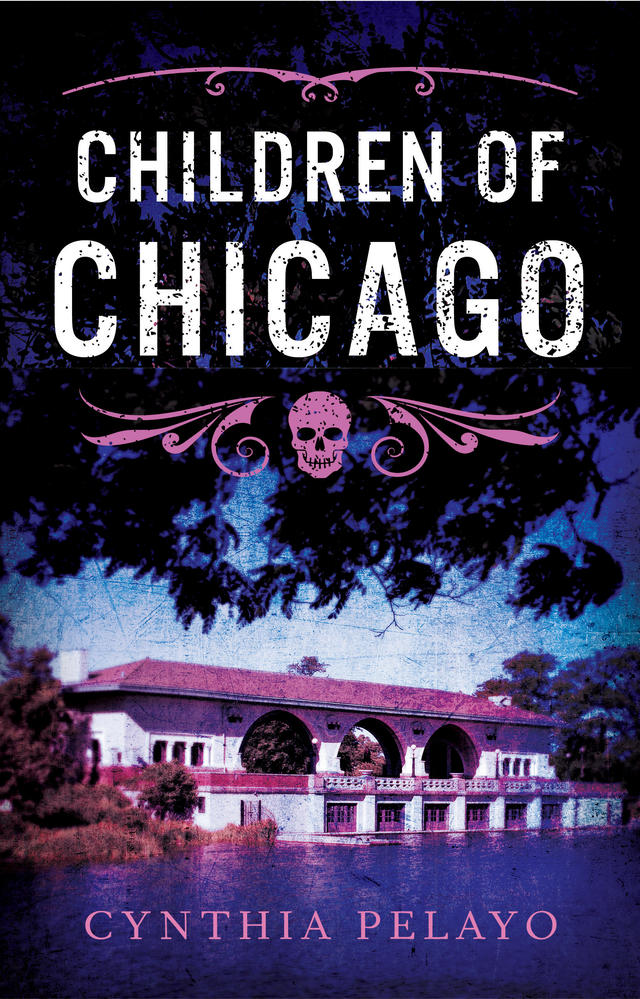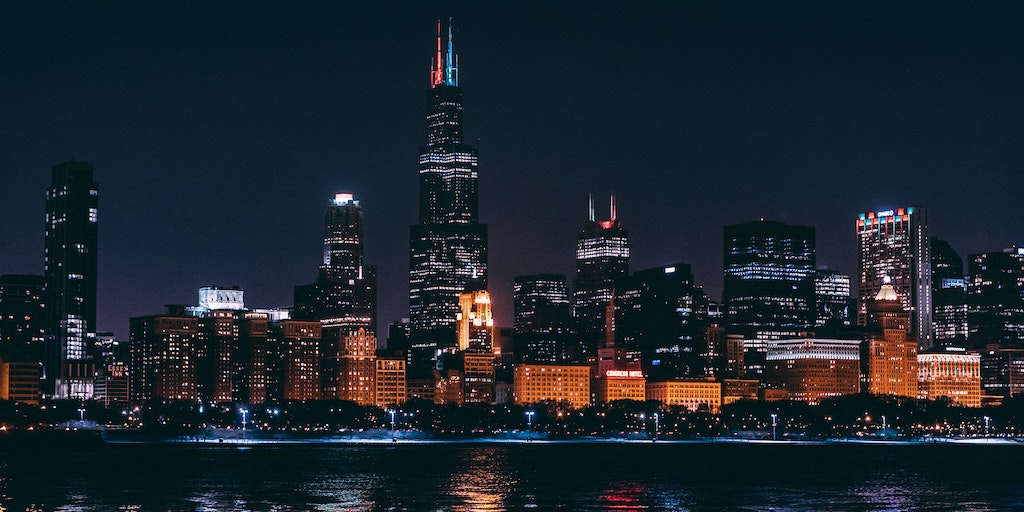Cynthia Pelayo’s Children of Chicago is a hybrid narrative that brings together the best elements of horror and crime fiction in a retelling of the Pied Piper fairy tale. Set in present-day Chicago and dealing with topics like crime and childhood trauma, Children of Chicago is a literary bridge between contemporary storytelling and the lingering effects of classic narratives that have seeped into the collective consciousness.
Detective Lauren Medina is going through a rough patch. Her father has just passed away, she’s finalizing her divorce, and she’s having a hard time making friends at work because she’s young, following in her father’s footsteps, and has a take-no-prisoners attitude towards everything. When she’s called to a murder scene in Chicago’s Humboldt Park neighborhood, Lauren expects the usual: gang violence or a random mugging gone wrong. What she finds, however, is different.
Underneath the slain girl’s body is some graffiti, a calling card, and Lauren knows the Pied Piper has returned. The event triggers fragmented memories of her sister’s death, and how she was found floating in a lagoon. When a second teenager is murdered at the same lagoon where Lauren’s sister was found, she knows there’s something darker and deeper than regular crime going on. Unfortunately, Lauren suffers from dissociative amnesia, and putting the pieces together is no easy task, especially when everything points at something that’s impossible. Lauren’s memories, her knowledge of fairy tales, and hard evidence all start to fall into place, revealing the big picture. The recent murders are linked to her past, and Lauren’s caught between her responsibilities as a detective and a promise she made when she was just a girl. The Pied Piper is here, and it’s time to collect his payment.
Pelayo does many things right in this novel. This is clearly a horror story with crime elements, but it’s also a love letter to Chicago, simultaneously delving deep into the city’s dark history and also celebrating its artists, buildings, public transportation, and residents. More importantly, Pelayo shines a light on the plethora of narratives that have a connection to the city while adding her name to the list of notable local authors in the process:
“L. Frank Baum wrote parts of The Wonderful Wizard of Oz in Chicago. Walt Disney was born in a house in Hermosa, and he went on to create an empire based on fairy tales. Ray Bradbury is from the Chicago area, and he created his own fairy tales with stories like The Halloween Tree and Something Wicked This Way Comes, Carl Sandburg wrote the Rootabaga Stories here beyond his adult fiction works, Gwendolyn Brooks wrote Bronzeville Boys and Girls here, a collection of poems for and about children, Shel Silverstein who wrote The Giving Tree and more, and then there’s Mo Willems with his stories of Elephant and Piggie, and more. Chicago has a long history of being the home of people who create whimsical and legendary stories. It’s part of this city’s history.”

The second element that deserves attention in Children of Chicago is character development. Even the secondary characters are nuanced and have complete lives and unique voices. The crowning jewel is, of course, Lauren Medina. She is obsessed with work, unable to take care of herself, reeling from her father’s death, and has a deeply rooted love for her city. This allows her to understand the good as well as the bad. Chicago’s complicated relationship with crime is something many crime writers have dealt with in the past, but Pelayo injects a lot of heart into the discussion. On one hand, Chicago is a beautiful city with a lot of art, a great zoo, an outstanding collection of statues sprinkled throughout the city, and landmarks like the Home Insurance Building, the first modern skyscraper in the world. It is a city of opportunity and progress. On the other hand, it is a city tied to violence from its inception and a place where underserved communities are still forced to deal with gang violence as they fight for opportunities for upward social mobility. While exploring this, Pelayo takes the supernatural horror in the pages of Children of Chicago and mixes it in with some of the most horrific real stories the city’s history has to offer:
“Chicago had many known boogeymen: serial killer H.H. Holmes, who tortured and killed potentially hundreds in his murder castle, Richard Speck, who murdered eight nursing students in a single night, The Ripper Crew, who kidnapped, ritualistically mutilated, and killed over a dozen women, John Wayne Gacy, who worked as a construction worker and a clown for children’s parties and went on to murder and store the bodies of thirty-three boys and men beneath his floorboards, and today’s Chicago Strangler who has killed over fifty girls and women in the South Side of Chicago, and is still operating.”
There are many connections between the tale Pelayo tells and the stories she clearly drew inspiration from. In fact, the stories of the Brothers Grimm play a crucial role throughout the novel and get mentioned repeatedly, even in Lauren’s sister’s death: “Marie was found still in her school clothes, and her backpack was tossed onto the sidewalk. A copy of Grimm’s Fairy Tales was found resting in the sand at Chicago’s only inland beach.” Grimm’s Grimmest, which contains nineteen of the “darkest of fairy tales” that the brothers brought to the page, plays such a huge role in the narrative that the stories it contains slowly morph into characters… or warnings.
Lastly, Pelayo accomplishes something special when it comes to bringing Chicago’s diversity to the page without making difference the primary focus. For example, kids in bad neighborhoods aren’t presented as victims, and Lauren isn’t just a woman trying to make it as detective in a place traditionally run by men. In this regard, the author makes a strong statement: Otherness in her work is a reality, not a literary device to be exploited.
Chicago’s darkness shines in the pages of Children of Chicago: “Chicago fire. Mafia crime bosses. Serial killers. Street gangs. Chicago has it. We have such a bloody past and present that it just makes you wonder.” And wonder we do. We wonder how much childhood trauma affects adults. We wonder how far a kids’ game can go before it becomes a murderous reality. We wonder if Wilhelm Grimm and Jacob Grimm were, in some instances, writing nonfiction. We wonder if evil can be tied to a place so strongly that uprooting it is impossible. The only thing we don’t wonder about is Pelayo’s undeniable storytelling chops, which are on full display in this modern fairy tale: a story that rivals the darkness and viciousness of its famous predecessors.




One thought on “In Cynthia Pelayo’s Children of Chicago, A City’s Darkness Shines”